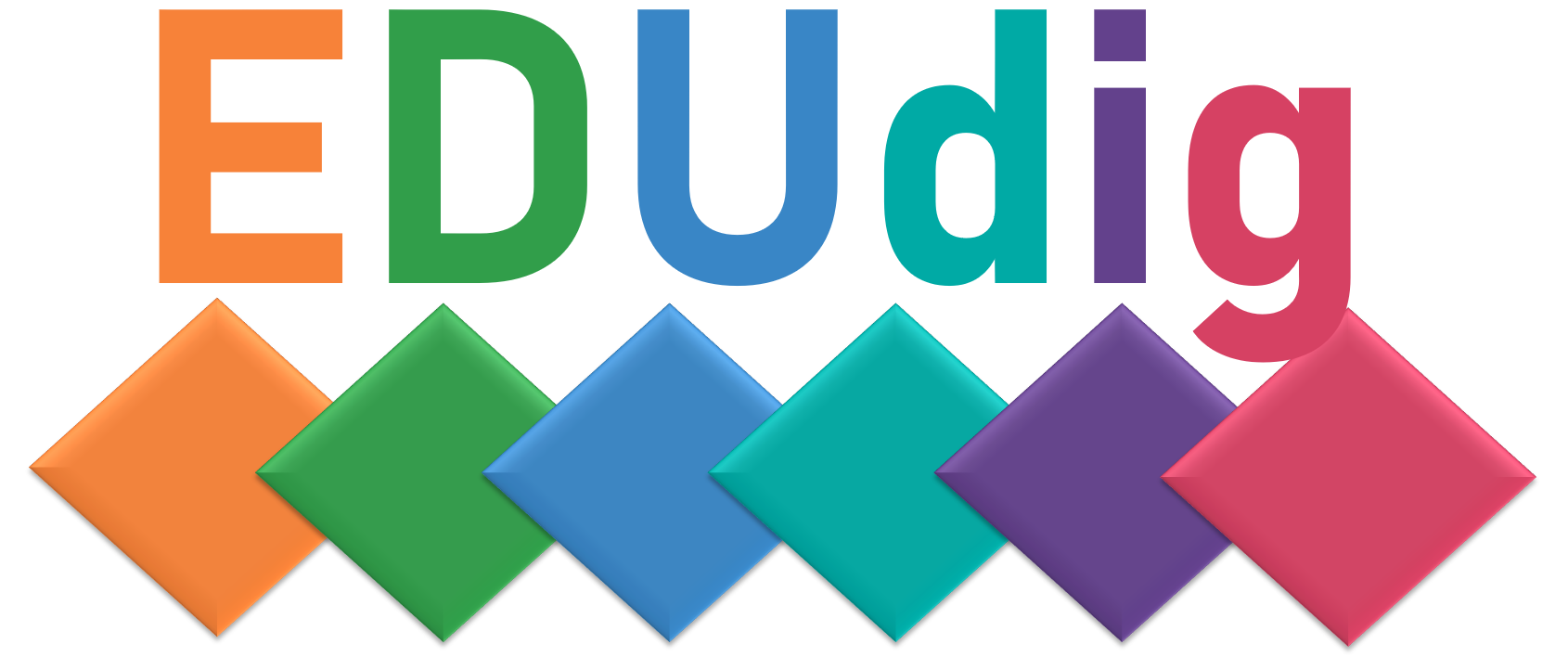Create various types of courses or modules where students can alterate and choose between : MOOCs, semi-automatic , or interactive online courses, and engage in asynchronic or synchronous learning.
ASYNCHRONOUS: Learning can occur in different times and spaces particular to each learner. Educators set up a learning path, which students engage with at their own pace.
SYNCHRONOUS: Learner(s) and educator(s) are in the same place, at the same time, in order for learning to take place. This includes in-person classes, live online meetings when the whole class or smaller groups get together.
* MOOC = a course of study made available over the internet without charge to a large number of people. Anyone who decides to take a MOOC simply logs on to the website and signs up.
* Semi-automatic course or module = student-paced learning with some interactive elements or personal feedback on assignments. Synchronous learning usually taking place only in predefined needs for live discussion or interaction, or as a strategy to build community among learners.
* Interactive study implementation = a digital alternative for traditional in-class teaching. Student presence and interaction needed synchronically.
Zitter, L. 2021 The changing face of instruction: ynchronous vs Asynchronous e-learning.
Examples of MOOCs: Coursera, edX or Udacity
The institution can recognize MOOC modules as part of the degree curriculum.
